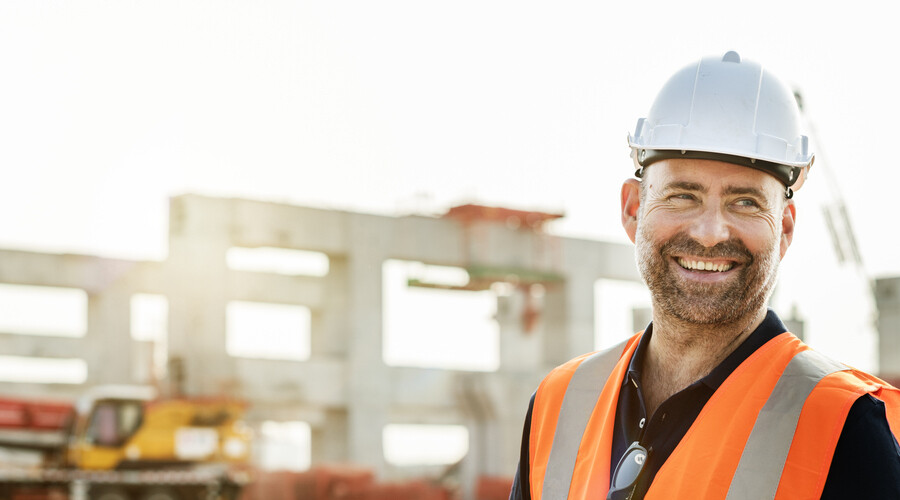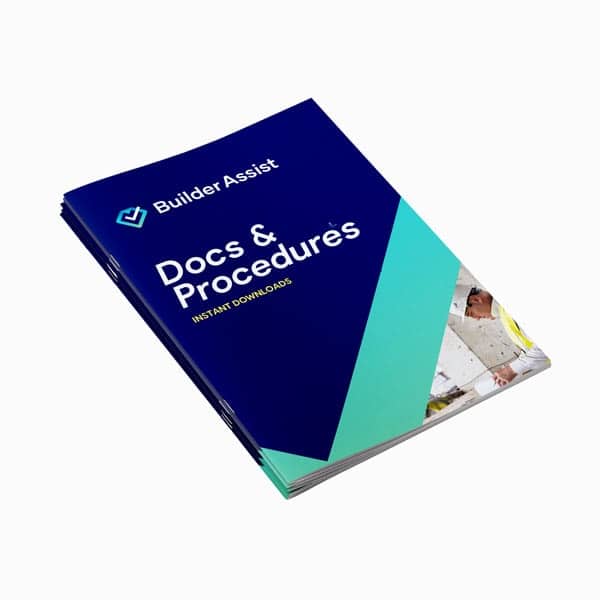
Health and Safety Representatives (HSRs) play a crucial role in the workplace, and particularly on construction sites.
Managing health and safety is essential in dynamic settings like construction sites. But is this the role of an HSR?
What exactly does an HSR do, and how do they help maintain a safe workplace? Let’s explore the vital role of health and safety representatives in ensuring safety and compliance.

Health and Safety Representative's dedication and expertise help create safer work environments, protect the well-being of workers, and contribute to the overall success of construction projects.
The Main Roles of a Health and Safety Representative
Health and Safety Representatives (HSRs) are crucial in promoting and maintaining safe working conditions on construction sites. Here are their primary responsibilities:
Advocating for Safety
HSRs serve as the voice of workers on health and safety issues. They bridge the gap between workers and management, ensuring that safety concerns are addressed promptly and effectively.
Risk Assessment
HSRs regularly inspect the workplace and consult with workers to identify potential hazards and risks. By pinpointing areas that need improvement, they help implement measures to mitigate these risks.
Investigating Incidents
When accidents or incidents occur, HSRs play a key role in investigating the causes. They conduct thorough investigations and recommend actions to prevent similar incidents in the future.
Promoting Safety
HSRs actively promote safety awareness among workers. They encourage compliance with safety policies and provide guidance and support to empower workers to take charge of their own safety and that of their colleagues.
Who Can Become a Health and Safety Representative?
HSRs are usually elected by their co-workers to represent their interests in health and safety matters. Any worker who is a member of a Health and Safety Committee (HSC) or a Work Health and Safety (WHS) Committee can become an HSR, as long as they meet certain criteria outlined in relevant legislation.
What Training is Required for a Health and Safety Representative?
While no formal qualifications are required to become an HSR, training is essential. Various training programs across states and territories equip HSRs with the necessary knowledge and skills to fulfil their roles effectively. These programs empower HSRs to represent their colleagues effectively and contribute to creating safer workplaces.
Who Does the Health and Safety Representative Report To?
HSRs report to both workers and management, acting as a liaison between the two. They collaborate with management to address safety concerns and work closely with regulatory bodies like SafeWork Australia to ensure compliance with health and safety legislation.
Do HSRs Complete Safety Documentation?
HSRs are primarily responsible for representing workers on health and safety matters, including identifying hazards and conducting risk assessments. While they play a significant role in safety management, they generally do not complete safety documentation. Instead, site managers, supervisors, or designated safety officers handle the completion and maintenance of health and safety records. This division of duties allows HSRs to focus on advocating for safe work practices and participating in safety committees.
Health and Safety Representatives are integral to the construction industry in Australia. Their dedication and expertise help create safer work environments, protect the well-being of workers, and contribute to the overall success of construction projects.

Safety Management Plans (WHS)
Specifically designed for each trade starting up a business, these Work Health Safety Management Plans or WHS Management Plans, provide support with the management of Work Health & Safety in the workplace. Also referred to as Occupational Health & Safety (OH&S) the material provided in this section will assist with WHS/OHS management and training requirements for the workplace.


